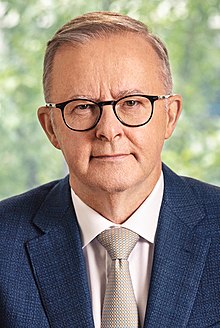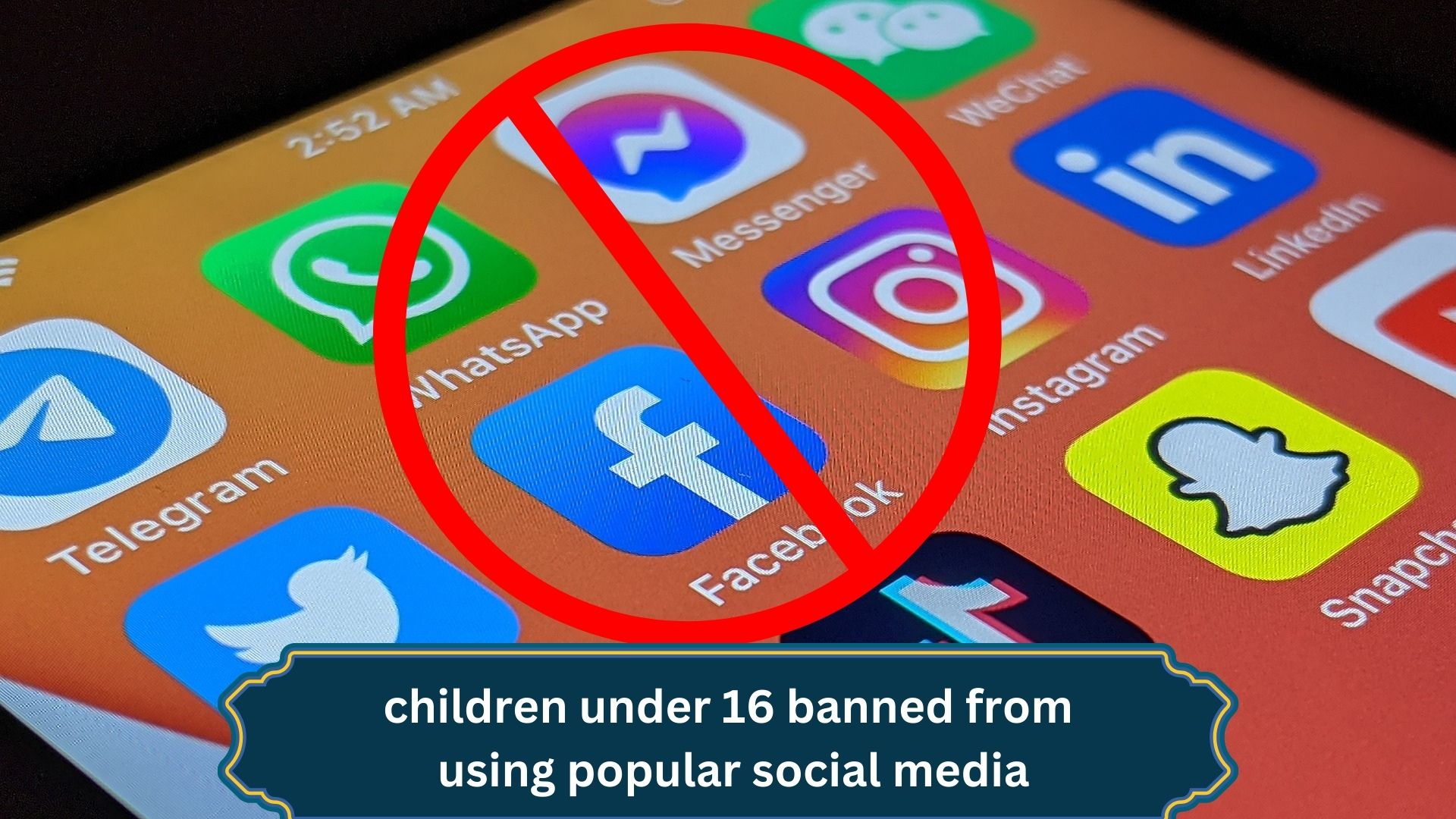In a groundbreaking move, the Australian government has proposed a legislation that could see children under 16 banned from using popular social media platforms like Facebook, Instagram, X (formerly Twitter), and TikTok.

This proposed ban, spearheaded by Australian Prime Minister Anthony Albanese, is aimed at protecting children from the growing risks posed by social media, including mental health issues, cyberbullying, and exposure to harmful content.
Why Australia Wants to Ban Social Media for Children Under 16
Prime Minister Albanese introduced the proposal, citing the increasing concern among Australian parents about the safety of their children online. “This one’s for the mums and dads,” Albanese stated, reflecting the widespread anxiety surrounding children’s online experiences.
The primary goal of the legislation is to reduce the potential harm that social media platforms can inflict on young users, particularly as research increasingly links excessive social media use with issues like depression, anxiety, and body image concerns.
Albanese emphasized that while social media companies wield immense power through their algorithms, their current practices often fail to protect vulnerable users. “I don’t know about you, but I get things popping up on my system that I don’t want to see. Let alone a vulnerable 14-year-old,” he remarked.
How Australia Plans to Implement the Social Media Ban for Children Under 16
The proposed legislation would prevent social media companies from allowing users under the age of 16 to create accounts. The responsibility of enforcement will rest with Australia’s eSafety Commissioner, who would ensure that platforms comply with the new rules. Crucially, there will be no penalties for users themselves; the onus will fall on the platforms to implement stringent age verification mechanisms to prevent underage access.
Importantly, the law would not impact children already using social media, as existing users would be grandfathered in under the new rules. There would be no exceptions based on parental consent, which means even with permission, children under 16 would be unable to sign up for these platforms. The ban would take effect 12 months after the legislation is passed and would be reviewed periodically to assess its impact and effectiveness.
Why Experts Are Divided on the Ban for Children Under 16
While there is broad consensus on the negative impact of social media on adolescent mental health, opinions about the proposed ban are divided. Critics of the blanket ban argue that it might delay exposure to social media without teaching young people how to navigate these platforms responsibly. Instead of simply restricting access, they suggest a more balanced approach that includes education, digital literacy, and age-appropriate safety features.
The Australian Child Rights Taskforce has expressed concerns that the ban could be overly restrictive. They argue that rather than imposing a blanket ban, the government should focus on holding social media companies accountable for creating safer, more supportive environments for young users.
They also point out that similar initiatives in the European Union and other regions have faced challenges, such as difficulties with age verification tools and circumvention tactics used by tech-savvy minors.
Challenges in Enforcing the Social Media Ban for Children Under 16
The effectiveness of this ban will largely depend on how well it can be enforced. Age verification systems have proven to be imperfect in the past, with many young users finding ways to bypass them using fake information or third-party tools. This raises concerns about the practical implementation of the law and whether it can truly prevent children from accessing social media platforms.
Additionally, the proposal does not address the broader issue of online safety, such as tackling misinformation, cyberbullying, and the pressure to conform to unrealistic beauty standards. Critics suggest that a more comprehensive approach is needed, one that includes not only restrictions on social media access but also improvements in platform moderation, better mental health resources, and more robust digital literacy programs for young people.
PM Anthony Albanese’s Strong Stance on Protecting Children Online
Prime Minister Anthony Albanese has been vocal in his support for the proposed legislation to ban social media access for children under 16, stressing the government’s dedication to safeguarding young Australians in the digital age. In a recent statement, Albanese expressed the growing concerns of parents across the country, saying, “This one’s for the mums and dads. Like me, they are deeply worried about the safety of our children online. I want families to know that the government stands with you in ensuring your kids are protected.”
The new legislation, set to be introduced later this year, directly addresses the rising concerns about the negative effects of social media on young people. “Social media is causing harm to our children, and it’s time to take action,” Albanese declared, underscoring the urgent need for the government to step in and implement meaningful changes to protect youth from the dangers of online platforms.
The Ongoing Debate: Protecting Kids vs. Empowering Digital Literacy
The proposed ban on social media for children under 16 has sparked a broader debate about how to protect young people online without stifling their ability to develop digital literacy. While it’s clear that social media can present significant risks to children and adolescents, others believe that imposing strict bans might inadvertently limit the opportunities for young people to develop essential online skills.
Instead of an outright ban, some experts suggest that social media platforms need to adopt stronger safety measures, such as more effective content moderation, clearer age restrictions, and increased transparency around algorithmic recommendations.
Digital literacy programs, alongside responsible social media use education, could help young people navigate the online world in a safer and more informed way.
What’s Next for Australia’s Social Media Ban for Children Under 16?
As the proposed legislation makes its way through the Australian parliament, many are watching closely to see how the government will balance the need to protect children from online harm with the goal of fostering responsible and informed digital engagement.
The debate over how to best safeguard children in the digital age is ongoing, and Australia’s bold proposal may set a significant precedent for other nations grappling with similar challenges.
In the coming months, the Australian government will likely continue to refine the legislation, weighing the concerns of various stakeholders and assessing the potential long-term effects of the proposed ban on children under 16.
Balancing Protection and Digital Empowerment
The proposal to ban social media access for children under 16 in Australia is a bold attempt to address the growing concerns around youth mental health and online safety. However, it also raises important questions about the role of digital literacy and the responsibility of both governments and tech companies in ensuring a safer online environment for young users. Whether or not this legislation will become a model for other nations remains to be seen, but it is clear that the conversation about how to protect children online is far from over





Leave a Reply